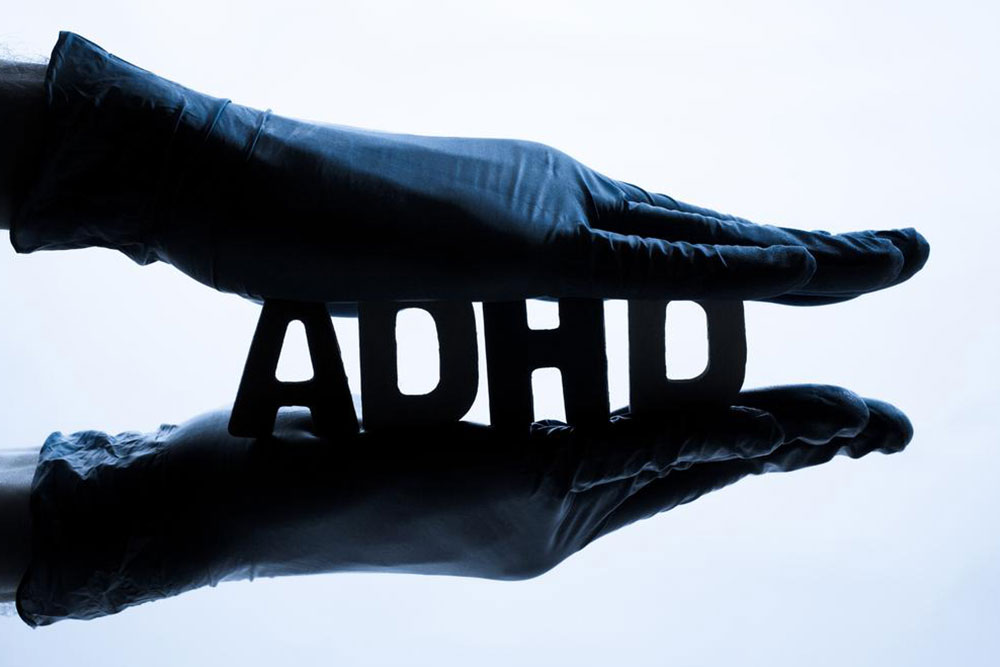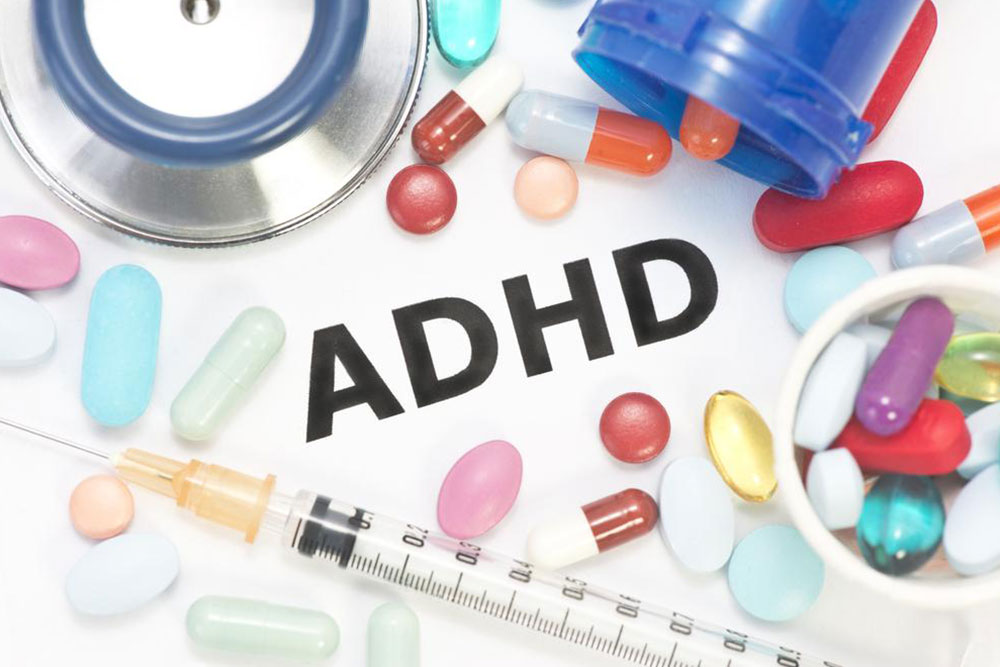Comprehensive Guide to ADHD in Children: Symptoms, Causes, and Effective Management Strategies
This comprehensive article explores ADHD in children, highlighting key symptoms, potential causes, and effective management strategies. It emphasizes early detection, medication, behavioral therapy, and supportive educational approaches, offering valuable guidance for parents, teachers, and healthcare providers to optimize care and support for children with ADHD.

Comprehensive Guide to ADHD in Children: Symptoms, Causes, and Effective Management Strategies
Attention-deficit/hyperactivity disorder (ADHD) is one of the most common neurodevelopmental conditions affecting children worldwide. Recognized for its significant impact on a child's ability to concentrate, regulate impulses, and maintain appropriate social behaviors, ADHD requires early detection and comprehensive management to improve quality of life for affected children and their families.
ADHD symptoms often manifest early in childhood and tend to persist into adolescence and adulthood, although they may become less noticeable in adults or present differently. In children, the disorder typically presents with a combination of inattention, hyperactivity, and impulsivity. Understanding these core symptoms, their potential causes, and the available management strategies is crucial for caregivers, educators, and healthcare professionals aiming to support affected children effectively.
Recognizing the Core Symptoms of ADHD
Inattention: Children with ADHD often display difficulty paying close attention to details, making careless mistakes in schoolwork or other activities. They might seem to not listen when spoken to directly, become easily distracted by external stimuli, or forget daily routines. Disorganization is common, leading to missed deadlines, lost belongings, or incomplete tasks. These children may also daydream frequently and have trouble following multi-step instructions, which affects their academic performance and social interactions.
Hyperactivity: These children often find it challenging to stay seated in classroom settings or during meals. They tend to engage in excessive moving, fidgeting, or talking, which can disrupt routines at home or school. Hyperactivity may also manifest as an inability to remain still, often running or climbing in inappropriate settings. This persistent restlessness can interfere with learning opportunities and social acceptance.
Impulsivity: Impulsive behaviors include difficulty waiting their turn in conversations or activities, interrupting others frequently, or acting without considering consequences. Children with impulsivity may blurt out answers in class, have emotional outbursts, or engage in risky activities without thinking of the potential dangers. Such behaviors often cause frustration in social interactions and can lead to disciplinary issues.
Potential Causes and Contributing Factors of ADHD
Genetic Predisposition: Family history plays a significant role in ADHD, with research indicating that genetics contribute substantially to its development. Children with parents or close relatives diagnosed with ADHD have a higher likelihood of exhibiting similar symptoms.
Prenatal and Perinatal Factors: Complications during pregnancy, such as maternal health issues, nutritional deficiencies, smoking, alcohol, or substance use, can adversely affect fetal brain development. Premature birth or low birth weight are also associated with increased ADHD risk.
Environmental Toxins: Exposure to environmental toxins like lead, especially in older homes or contaminated areas, can impair neurological development and contribute to ADHD symptoms.
Brain Structure and Function: Differences in the size and activity of certain brain regions, particularly the prefrontal cortex, are linked to ADHD. Damage or irregularities in these areas can impair impulse control and executive functioning.
Chemical Imbalances: Neurotransmitter imbalances, especially involving dopamine and norepinephrine, are believed to be central to ADHD symptoms. These chemicals are crucial for regulating attention and impulse control.
Strategies for Managing ADHD
While a definitive cure for ADHD does not exist, a combination of medical, behavioral, and environmental interventions can significantly alleviate symptoms and help children thrive. Early diagnosis, individualized treatment plans, and ongoing support are vital components of effective management.
Medications are often prescribed to help regulate brain chemicals associated with attention and impulse control. These include stimulant medications like methylphenidate and amphetamines, which are effective for many children but may have side effects requiring careful monitoring. Non-stimulant medications such as atomoxetine are also prescribed for children who do not tolerate stimulants well.
Complementary to medication, behavioral therapy aims to modify disruptive behaviors and develop coping strategies. Techniques include cognitive-behavioral therapy (CBT), behavioral modification plans, social skills training, and parent management training. These methods help children develop better organizational skills, emotional regulation, and social interactions.
Educational accommodations and supportive school environments play a crucial role in helping children succeed academically. Individualized Education Programs (IEPs) or 504 Plans can provide tailored support, including extra time on tests, movement breaks, or simplified instructions.
Parental involvement is essential for managing ADHD. Strategies include establishing consistent routines, setting clear expectations, using positive reinforcement, and fostering open communication. Support groups and counseling can also provide emotional support for families adjusting to the challenges of ADHD.
In recent years, digital tools and apps designed for ADHD management have gained popularity. These tools help improve organization, time management, and focus through reminders, task lists, and task prioritization features. While promising, these should complement, not replace, traditional interventions.
Ultimately, a multidisciplinary approach involving healthcare professionals, educators, and families offers the best chance for helping children with ADHD reach their full potential. With the right interventions and support systems in place, children can learn to manage their symptoms effectively and lead successful lives.





